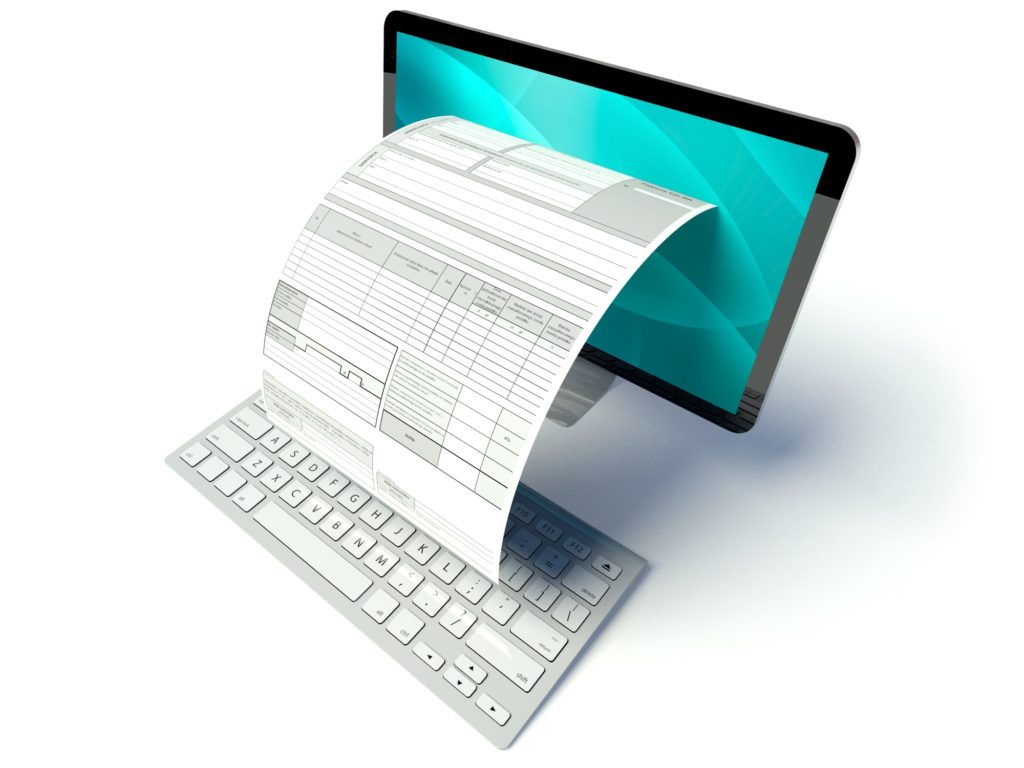 The deadline for providing employees with their Form W-2 for 2020 and independent contractors who received at least $600 in 2020 with their Form 1099-NEC is fast approaching. Because January 31, 2021, the usual deadline is on a Sunday, the due date for 2020 forms is February 1, 2021.
The deadline for providing employees with their Form W-2 for 2020 and independent contractors who received at least $600 in 2020 with their Form 1099-NEC is fast approaching. Because January 31, 2021, the usual deadline is on a Sunday, the due date for 2020 forms is February 1, 2021.
Here are some last minute things to know about these filing obligations.
1. You can send forms to workers electronically
Instead of generating paper W-2s or 1099s, you can send an electronic version. However, this option only applies if you obtain prior consent from workers to receive their forms via email or other electronic method. Sending forms electronically to workers does not change the February 1, 2021, deadline.
Remember that for 2020 payments to independent contractors, new Form 1099-NEC is the form to file. (NEC stands for nonemployee compensation.) The old box 7 in Form 1099-MISC is no longer used for this purpose.
2. Transmit copies to the right government agency
Copies of Forms W-2 are sent to the Social Security Administration (SSA) along with Form W-3(the transmittal form summarizing the W-2s), even though these are IRS forms. You can enroll in the SSA’s Business Services Online to transmit W-2s to SSA electronically.
Copies of Forms 1099, along with Form 1096 (the transmittal form) are sent to the IRS. They must be submitted electronically if you have at least 250 forms. If you have fewer forms, you can choose to file on paper or electronically.
3. Treat COVID-19 related payments properly
You may have provided various benefits to employees as a result of the pandemic. Here’s how to treat a couple of these items on W-2s:
- Paid sick leave and paid family leave: taxable
- Reimbursements for expenses of employees working remotely: Tax free (not reported on W-2) if paid under an accountable plan; taxable compensation if paid under a nonaccountable plan.
If you opted to defer the employee’s share of Social Security taxes (part of FICA) for wages paid from September 1, 2020, through December 31, 2020, follow IRS guidance on how to report this on W-2s.
If your company has a qualified retirement plan and allowed employees to take a coronavirus distribution, it must be reported on Form 1099-R. This is so even if the distribution was repaid by the end of 2020. The deadline for Form 1099-R is also due to recipients by February 1, 2021. However, transmission to the IRS isn’t due until March 1, 2021, if filing on paper, or March 31, 2021, if filing electronically.
4. Make arrangements for filing forms now
Decide how you’re going to handle completing and filing the forms. Your options include:
- In house
- Through an online service (e.g., Quickbooks, eFile4biz)
- Using a payroll provider
- Using your CPA or other tax preparer
The option to use depends on your situation, including the types of forms required to be filed, the number of forms, and your budget.
5. Don’t rely on extensions
If you don’t think you’ll be able to meet the February 1 deadline, there are no automatic extensions. You can request a 30-day extension for W-2s and 1099s for submitting the forms to the government by filing Form 8809. This added period is granted only in “limited cases for extraordinary circumstances or catastrophe.” The IRS hasn’t said whether COVID-19 is such a circumstance or catastrophe. If you do get an extension, it does not give you more time to furnish forms to workers, but you can request in writing to receive a 15-day extension for this purpose.
Once the regular or extended deadline has passed, interest and penalties begin to accrue. Thus, be sure to file as soon as you can to minimize these added costs.
Final thought
Annual filing of these information returns is a chore and a cost of doing business. But doing things correctly can avoid the added costs of submitting amended forms or incurring penalties and interest. Good luck.


